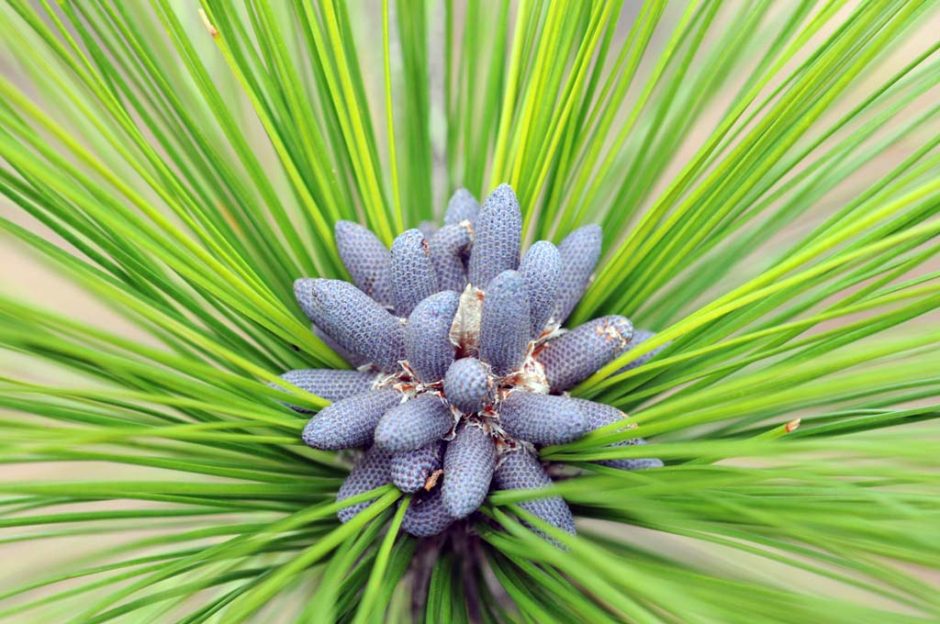
There are 0 records in the project database. (It currently nests in Longleaf Pines in southeastern Virginia.) Records: There are a few historical records of this woodpecker for Maryland, and The Nature Conservancy is hopeful that planting the pines on the Eastern Shore will help lure the woodpecker back to the state. POLYGON ( (-94.2 31.9, -86.92 31.9, -86.92 30.1, -94.2 30.1)) The plantations are all in what is considered the West Gulf Region and include plantations in Texas, Louisiana, Mississippi, Alabama, and Florida. It’s always encouraging to see Longleaf Pine ( Pinus palustris) in the landscape, and there is quite a lot of it in Baker County, like this stand on Williamsburg Road. Longleaf Pines are a favorite nest tree for the federally endangered and state-extirpated Red-cockaded Woodpecker. These data can be used for all kinds of growth and yield analyses pertaining to plantation-grown longleaf pine stands in the South. The longleaf pine tree towered over the South, sheltering the white-top pitcher plant and the red-cockaded woodpecker in the open, park-like spaces beneath its. In southeastern Virginia, grows on sandy, Coastal-Plain sites. It is fire-resistant and needs fire to thrive. Longleaf Pine has very long needles, very large female cones, and large whitish terminal buds. The pineland plantings are burned periodically to mimic the effects of natural or Native-American-set fire. The plantings were done experimentally in what is termed an "assisted migration" in anticipation of climate warming, which could allow the pines eventually to grow farther north than they currently do naturally. That the military actually keeps large chunks of intact land is a godsend because the danger for these ecosystems is that they get.


Plum creek is a meandering tributary of the Nanticoke River. Longleaf pine habitat usually gets chopped down and paved, said John Orrock, a conservation biologist at the University of Wisconsin and the Fort Stewart understory study’s onsite project leader. Longleaf pine was once the largest forest ecosystem in North America, but today exists on less than five percent of its historic range. The Nature Conservancy has planted several hundred Longleaf Pines on a portion of its Plum Creek Preserve, a nearly 300-acre swath of former cropland near Sharptown, in Wicomico County, on Maryland's Eastern Shore. There are no natural records from Maryland. The farthest north its natural range reaches is southeastern Virginia. Longleaf Pine formerly covered many millions of acres of the southeastern United States, but, due to development and the suppression of fire, it is gone from much of its former range.


 0 kommentar(er)
0 kommentar(er)
